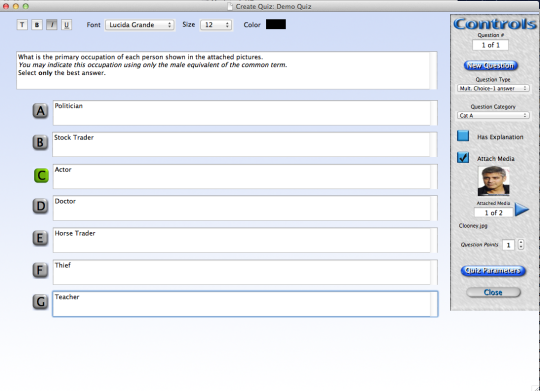
That doesn't necessarily indicate an issue. Do note, however, that many of the cheaper SD cards will advertise only read speed and write speeds will be drastically slower-with these cards that might vaguely advertise 100 MB/s, you might see 100 MB/s read speeds and less than 10 MB/s write speeds and this is not necessarily unusual. These fake cards sometimes say a certain size on the packaging but actually are much smaller.without this sort of testing, you only know this when you go to retrieve the data and it isn't there as it simply overwrites itself.Ī speed test can also potentially signal an issue. IMHO, it is definitely worth using one of these programs to verify EVERY SD card/flash drive you buy, no matter where you buy it from. The retailer, not knowing the difference, then (unknowingly) sells the (fake) card to someone else. There are tons of fake cards out there and some even come from reputable and authorized retailers (my guess is people buy them, take the real one, substitute it with a fake one (which is a forgery even down to the outer packaging), and return it. If it is unsuccessful in reading this data, it is an indication that you may have a defective and/or a fraudulent media device-combined with a speed test that shows vastly slower speeds than advertised by the maker, this is even more suggestive of an issue.)

(Effectively, this program writes data to fill up the entire drive and then attempts to read that data back.

I use H2TestW, but this is a Windows legacy program. There is not a great solution for Mac beyond manually creating a file the same size of the SD card, moving it to the SD card, and then verifying the files copied over and are readable.


 0 kommentar(er)
0 kommentar(er)
